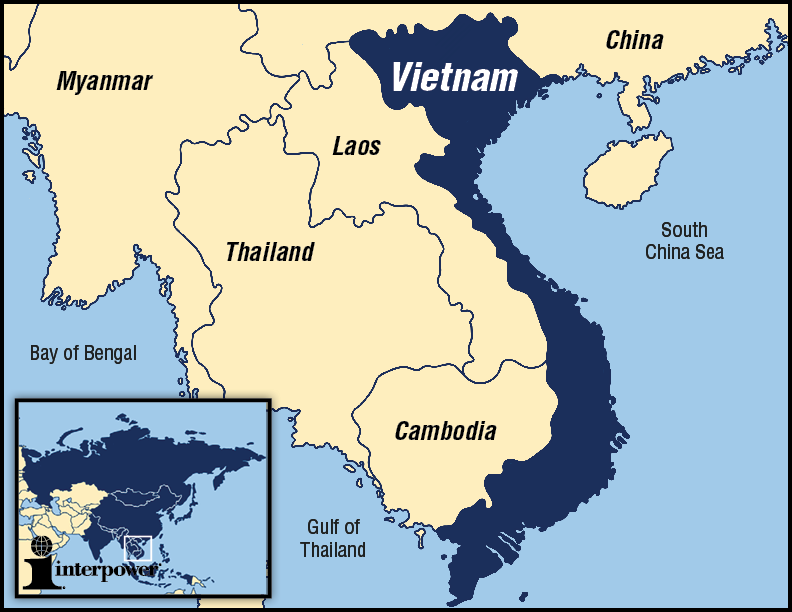Exporting to Vietnam

| BANGLADESH | |
|---|---|
| Actual population* | Population world ranking |
| 93,421,835 | 15 |
| Actual GDP (PPP)* | GDP world ranking |
| $358,900,000,000 | 39 |
| Actual GDP (per capita)* | GDP (per capita) world ranking |
| $4,000 | 168 |
*See the end of this blog for definitions
New markets are opening up in Vietnam which will give companies interested in exporting new business opportunities. With these new markets also come challenges that will need to be addressed.
Finding the best way to export to Vietnam will take market research and due diligence. Market entry strategies will need to be studied so as to optimize the company’s business success. Extensive planning and persistence along with personal contact are key elements. Consider two different target markets—one for the northern part of the country and one for the southern part. For assistance in these areas, there are a number of resources to check. Among them are the United States Commercial Service, the United Kingdom Trade and Investment, and the Investment and Trade Promotion Center in Vietnam.
It is crucial to know the business customs and etiquette within the country. Knowing how decision-making is done, how to address people, and how to set up business meetings are among the important business practices to be familiar with. Personal contacts are important and business relationships need to be established over time. The United States Commercial Service and the United Kingdom Trade and Investment are both sources for information in learning more about the essential business matters customary for Vietnam.
Standards, regulations, and custom requirements need to be researched. The Vietnamese government has specific rules that have to be followed. The Vietnam Directorate for Standards, Metrology and Quality is responsible for the national standards. The Vietnam Customs is responsible for import and export activities. Other sources to consult for more information include the Vietnam Trade Promotion Agency, the United States Commercial Service, and the United Kingdom Trade and Investment.
Vietnam is located in Southeast Asia and is a member of the World Trade Organization and the Asia-Pacific Economic Cooperation.
Vietnamese is the official language of the country. Even though English is spoken by some people, business meetings are usually conducted in Vietnamese so it is advised to have a quality interpreter present at all meetings.
In Vietnam, the voltage used is 220V at 50Hz. Since there are several different plug patterns available within the country, contact your Vietnamese customer to see which plug is recommended.
Sources:
www.export.gov/vietnam
www.gov.uk
http://arc.ismq.org.vn/en
www.itpc.gov.vn
www.customs.gov.vn
www.vietrade.gov.vn
*Source: www.cia.gov/library/publications/the-world-factbook/index.html
Country comparison—Population: Population compares estimates from the US Bureau of Census based on statistics from population censuses, vital statistics, registration systems, or sample surveys pertaining to the recent past and on assumptions about future trends. (July 2014 est.)
Country comparison—GDP (Purchasing Power Parity): GDP (purchasing power parity [PPP]) compares the gross domestic product (GDP) or value of all final goods and services produced within a nation in a given year. A nation’s GDP at PPP exchange rates is the sum value of all goods and services produced in the country valued at prices prevailing in the United States. (2013 est.)
Country comparison—GDP – per capita (PPP): GDP – per capita (PPP) compares GDP on a purchasing parity basis divided by population as of 1 July for the same year. (2013 est.)






